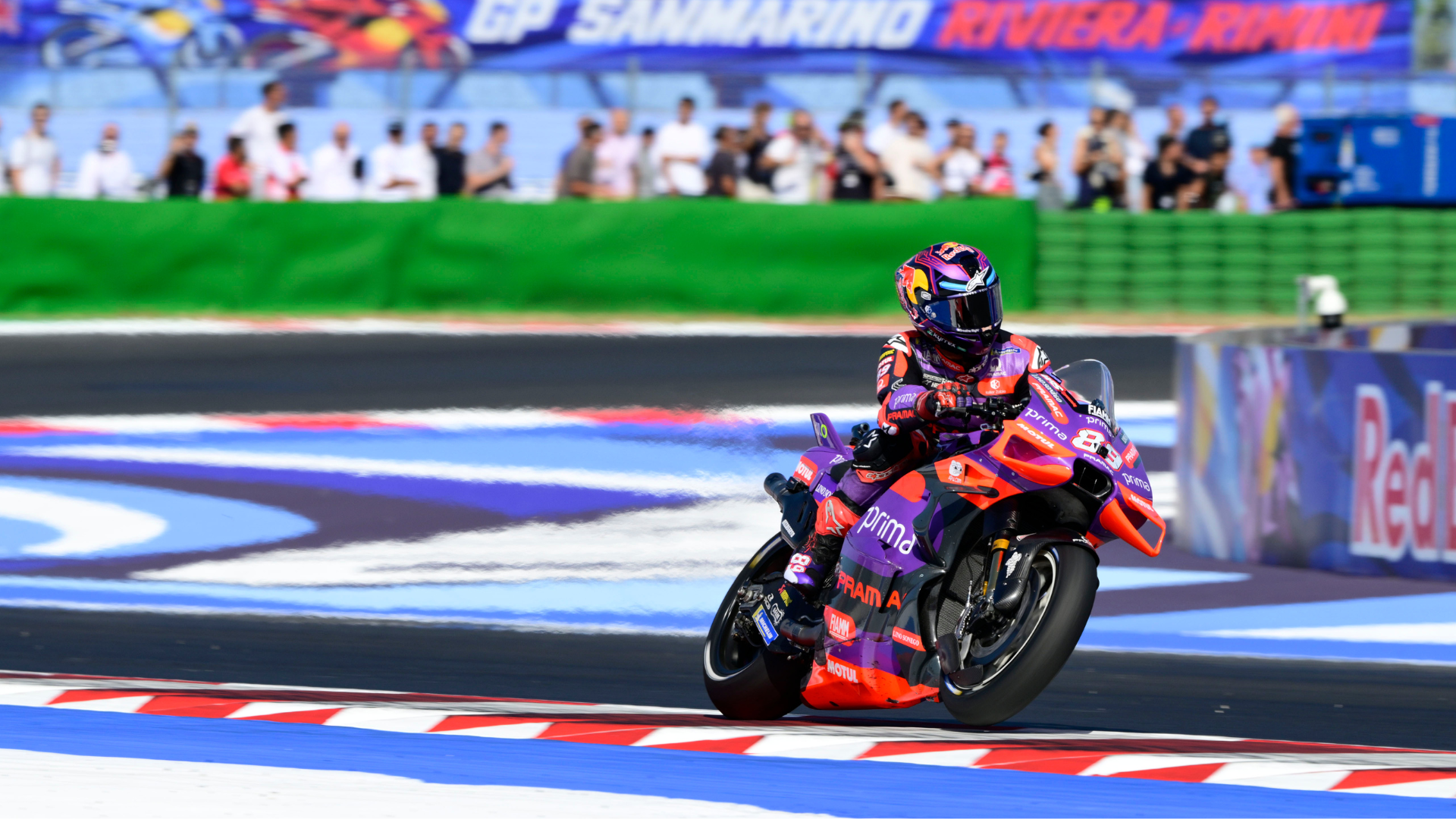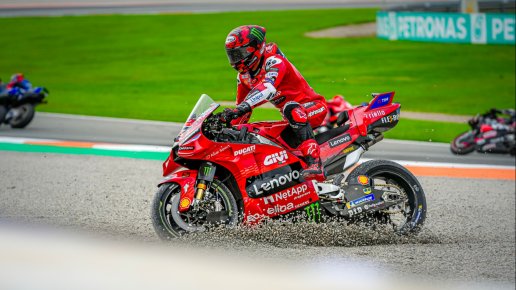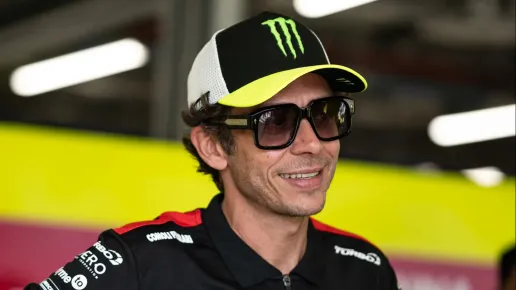
MotoGP to Introduce Radio Communication System for Riders in 2025

MotoGP is set to revolutionize rider communication with a new race radio system, launching in 2025. Initially focused on enhancing safety through one-way messages from the race director, the system will evolve to allow two-way communication and eventually enable rider-to-pitwall conversations, promising a new era of racing strategy and entertainment.
F1 & MotoGP news to your inbox every day.
MotoGP is gearing up for a grundbreaking change in 2025, as the series plans to roll out a race radio communication system. This Innovation will allow real-time interaction between the race director and riders, marking a significant shift in how races are managed.
At a pivotal meeting last Thursday during the Misano GP weekend, MotoGP´s promoter Dorna informed about its bold decision to introduce the radio system, designed primarly to enhance rider safety. The plan will unfolld in phases, with the inital stage allowing only one-way communication from the race director to riders. These messages, strictly brief and to the point, will focus on safety-critical information such as warnings of track hazards.
By 2026, the next phase could see the system become more interactive, enabling riders to reply directly to the race director. The ultimate goal, however, is to mirror Formula 1´s open communication model, where the drivers can converse freely with their Teams on the pitwall, adding a layer of strategy and drama for TV audiences. While this full implementation doesn´t yet have a confirmed date, the potential for enhanced storytelling and spectacle is clear.
Dorna and its broadcoast team have been diligently developing this system for years. Initial test were conducted in 2022 when selected riders tried out an earpiece during a Jerez session. Last year, further refirements were made at Valencia. The lastest interation has evolved to a more rider-friendly design: the arepiece now sits outside the ear, with sound transmitted via vibrations though the aerlobe. This allows the device to be less intrusive, while still delivering clear audio, even in the intense noice of a MotoGP bike.
Aprilia rider Maverick Viñales, whose team is testing the device on teammate Aleix Espargaró and test rider Lorenzo Savadori, highlighted the system's potential: "It could be a game-changer for safety—if there's an accident or a rider in a dangerous spot, Race Direction can warn us instantly." Viñales, known for his sense of humor, added with a grin, "I can already see myself saying, 'Now don't bother me!'"
Yamaha's Fabio Quartararo, one of the early testers, has also embraced the idea, though he acknowledges there’s room for improvement. “Sergi has been working on this for a while, and it’s a fantastic idea. But the noise of the bike makes it hard to hear sometimes," he said. Quartararo recalled his team jokingly advising Dorna to avoid communicating with him during the high-speed Sector 3 at Misano, saying, “It’s a bit surreal hearing someone talking to you when you're flat out and barely breathing!”
Despite the challenges, Quartararo sees real benefits, especially when it comes to safety. “If there’s something serious, like oil on the track, this system could prevent accidents." However, he admitted the radio wouldn't have stopped Jorge Martin's infamous premature pit stop for wet tires at the San Marino GP—some things, after all, are beyond the reach of technology.







